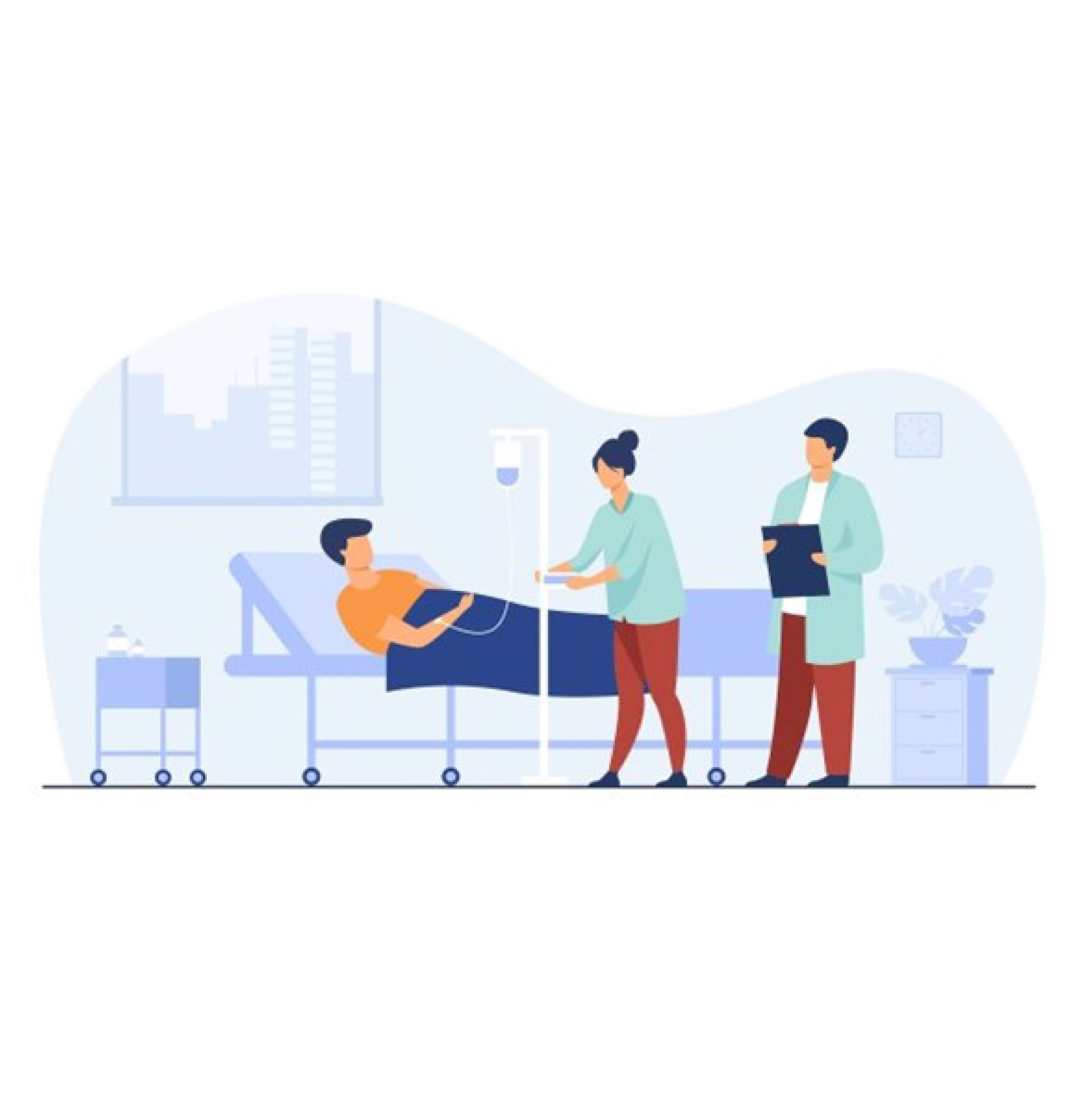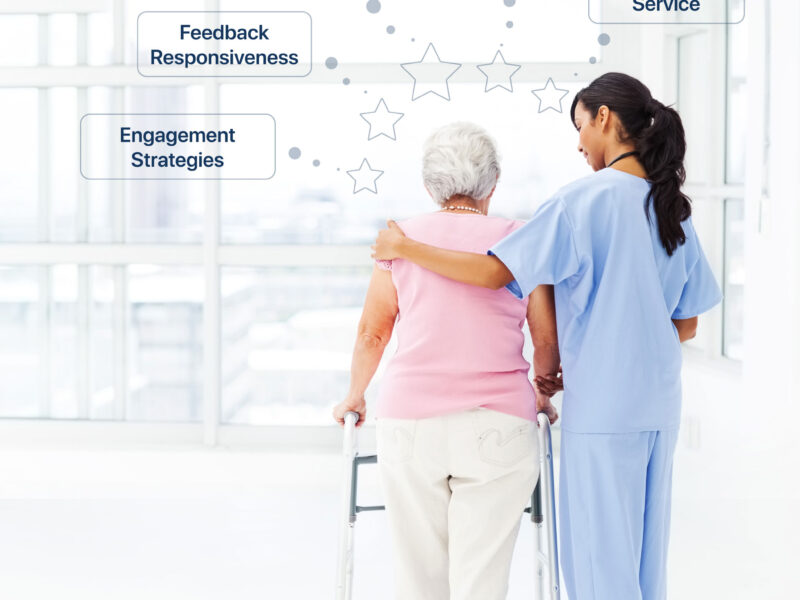The healthcare industry is undergoing a significant paradigm shift from a fee-based model to a Value-Based Care (VBC) model to encourage innovation, quality, and efficiency. Besides, hospitals and other healthcare environments produce volumes of data beyond existing legacy systems’ current processing capabilities. Locked in this data are correlations to improve care outcomes and better manage scarce resources.
Artificial Intelligence (AI) and machine learning can support the changing healthcare landscape by offering insights that will improve care outcomes, reduce inefficiencies, and drive down costs to meet value-based care contracts’ demands. These insights allow doctors to assess patient populations quickly, meet their care needs, and align resources through risk stratification. It is widely accepted that it best for patients to avoid emergency admissions to hospitals and to care for these patients at home when possible. To help identify those patients at high risk of emergency admission, Risk Stratification Models have been developed. General Practitioners (GPs) and their staff can use these tools to identify high-risk patients and provide extra care to keep them safely at home.
Risk stratification tools are predictive models that determine the likelihood of future events at clinical and administrative levels in the healthcare domain. They are also used to stratify a population according to a selected metric, such as the probability of readmission. In general, predictive models are algorithms (e.g. statistical models, machine learning algorithms, etc.) which provide information about the relationship between a set of parameters, such as age, gender, clinical information, diagnosis, living conditions, district of residence, and the predicted outcome (e.g. readmission to hospital, death, healthcare expenditure, length of stay in hospital, etc.).
When a patient presents, doctors need to assess the risk factors related to her condition. Unfortunately, patients can experience a complete degree of variability from provider to provider, and sometimes even within a given department of the same hospital. Risk Stratification models attempt to statistically predict the likely outcome of a course of treatment offered the presence of certain risk factors or determinants. These assessments assist providers in identifying proven treatment options, considering the identified risks.
Data Analytics and AI are essential for improving patient risk stratification models by integrating clinically relevant data into health IT platforms and offering actionable information to providers to manage population health concerns and care coordination better. These tools ensure providers are operating with real-time data showing the latest intervention strategies and treatment protocols given the patient’s risk factors. The resulting insights will be used to guide safe, appropriate, and effective care to the patient.
The future of risk stratification needs to integrate data from whatever sources are available (EHRs, IoT devices, population health data sets) in real-time to accurately access an individual patient’s risk factor and assist the provider in determining the most appropriate proven treatment protocol for the best care outcome.
Risk stratification tools will help healthcare organizations access their patient populations to understand their risks to assist providers in managing their resources to meet all their patients’ needs.



